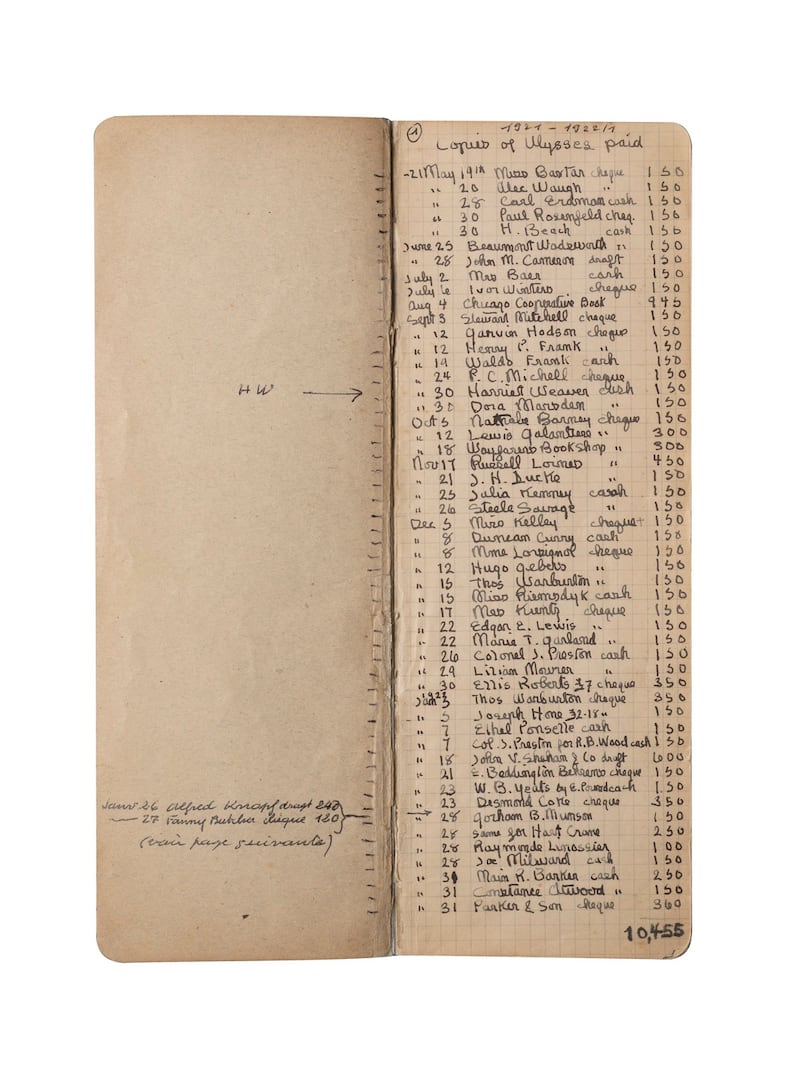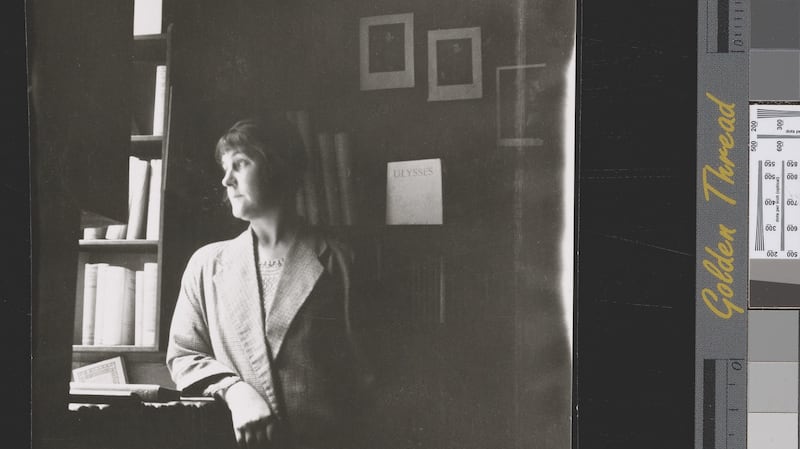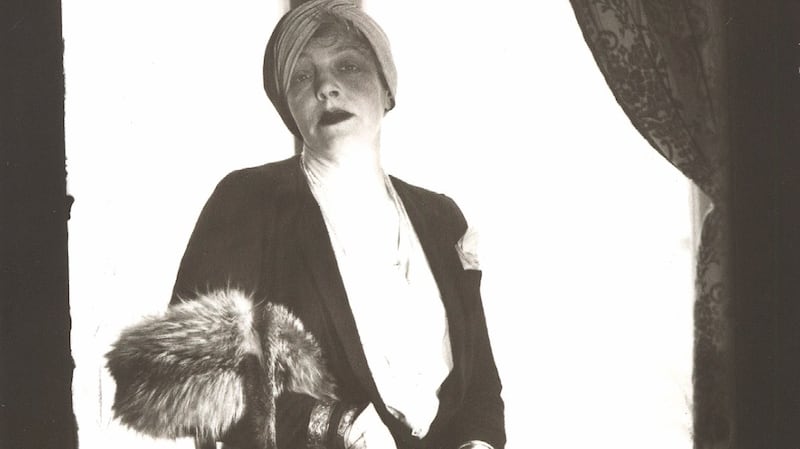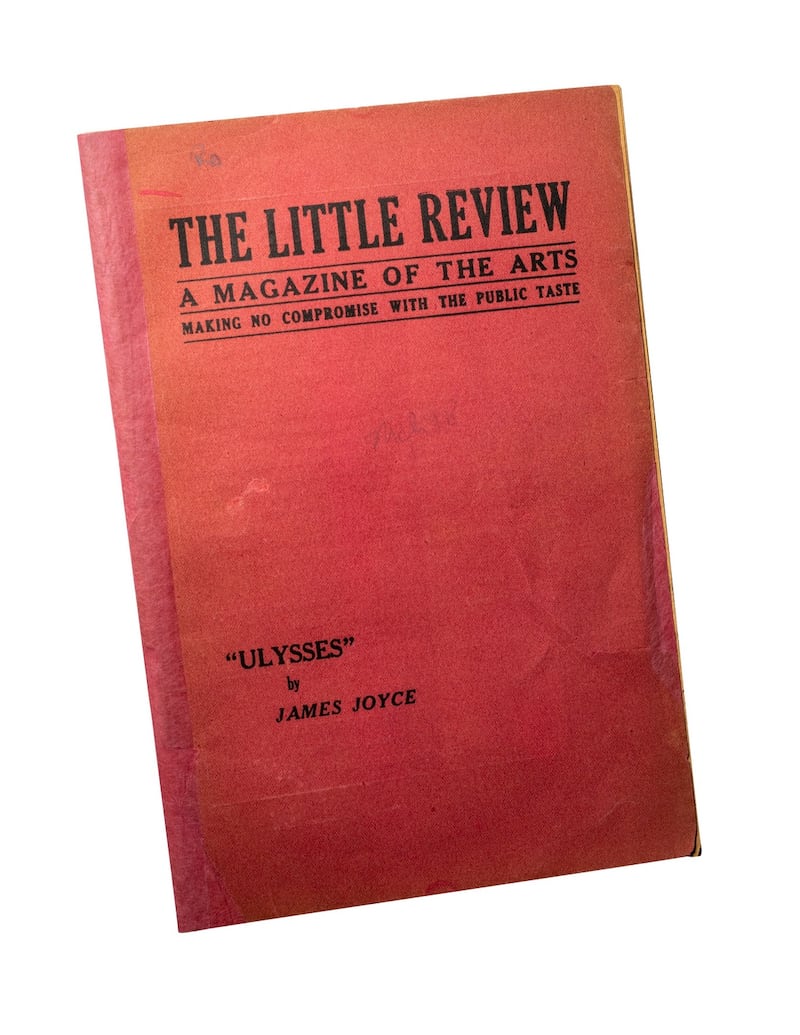Marking the centenary of the publication of James Joyce's Ulysses, the role of Sylvia Beach and her Paris bookshop, Shakespeare and Company, is well known. Beach had met Joyce at a dinner party in 1920 and, clearly impressed by the Irish writer, the American got the book out, with all its glorious language, frustrations and indecencies on February 2nd, 1922.
But what about the women who had serialised the first chapters of Ulysses, as far back as 1918?
"It's a story that gets a little drowned out," says Dr Clare Hutton of Loughborough University, who is curator of a new exhibition at the Harry Ransom Center in Texas, this March. Women and the Making of Joyce's Ulysses explores the work of Beach, but also of Margaret Anderson, Jane Heap and Harriet Shaw Weaver.

“There are so many interesting things to say about Ulysses,” Hutton continues, “that these women can be forgotten. It doesn’t help that Joyce cultivated the myth of himself as a “lone genius, struggling with a public and publishers who failed to recognise his genius and wished to thwart and silence his literary efforts. As you can see, I’m an iconoclast,” she adds.
Anderson and Heap ran the periodical, The Little Review, from their base in Chicago. Ezra Pound was their foreign editor. “He was keen to get Ulysses into print, and that had inspired Joyce to get going. It was initially written serially.”

Anderson and Heap were, as Hutton describes them, radical lesbian feminists, and because of that “they were in favour of anything that was progressive and candid about sexuality. They’re drawn to the passion, commitment and lyricism of Ulysses”.

To begin with, all went well. "We feel we are creating an audience for your work," Heap wrote to Joyce. But in 1921, the Post Office seized copies and refused to distribute the magazine, on the grounds of obscenity. "It was Chapter 13," says Hutton. A fascinating and irreverent chronicler of the events, her talk on the topic is highly recommended and can be found online at ransom.center/ClareHuttonTalk.
“Bloom is masturbating and they get put on trial and have to stop serialising. That opens the door for Sylvia Beach.”
Anderson and Heap lost the trial, and were fined $50 each. Responding to John Summer, the secretary of the New York Society for the Suppression of Vice, Heap wrote, “Mr Joyce was not teaching early Egyptian perversions nor inventing new ones. Girls lean back everywhere...”
The exhibition, originally due to open for the centenary, has been delayed until March because of Covid-19. “It’s quite strongly feminist,” says Hutton. “And it does make a lot of the unacknowledged labour of women behind the book.

“I think Joyce thrived on upheaval,” she continues. “Think of the people in your own life who go around in perma-crisis, but still seem to get things done.”
The exhibition includes more than 200 items of ephemera, with letters, photographs, telegrams, manuscripts, copies of The Little Review and more.
It includes the story of the money behind the scenes, such as Harriet Shaw Weaver, who bankrolled Joyce, giving him an income. “She then edits the correspondence so the extent to which she gave him money is not so obvious,” notes Hutton.
Then there are letters from Joyce’s mother, who writes to him in Paris, posting him his rent and saying “send your suit home to be cleaned”.
“True Irish mother stuff,” says Hutton.
Women and the Making of Joyce's Ulysses, in partnership with the Irish Consulate of Austin, is part of the Ulysses 100 celebrations, opens at the Harry Ransom Center, Texas on March 4th. hrc.utexas.edu.












